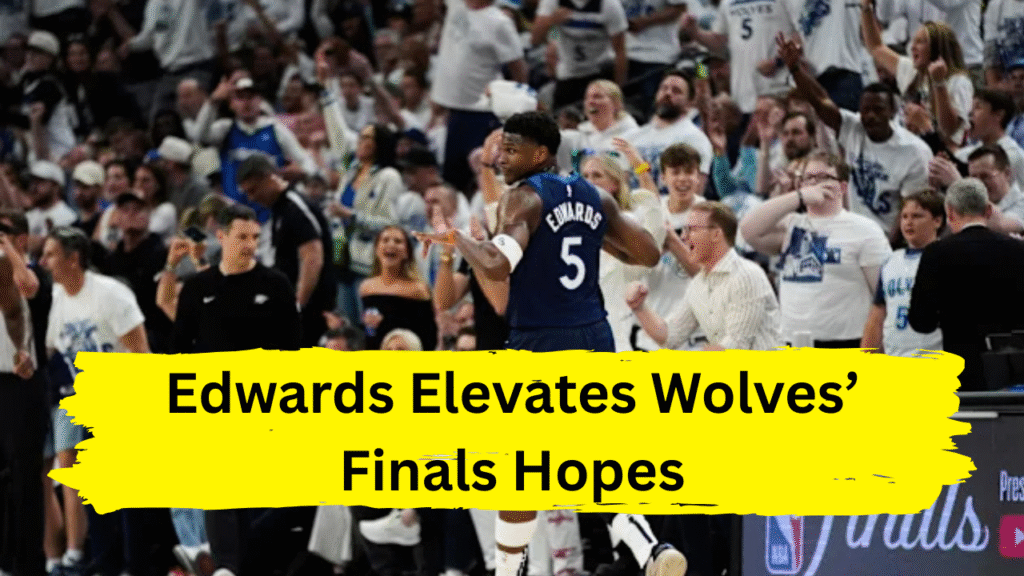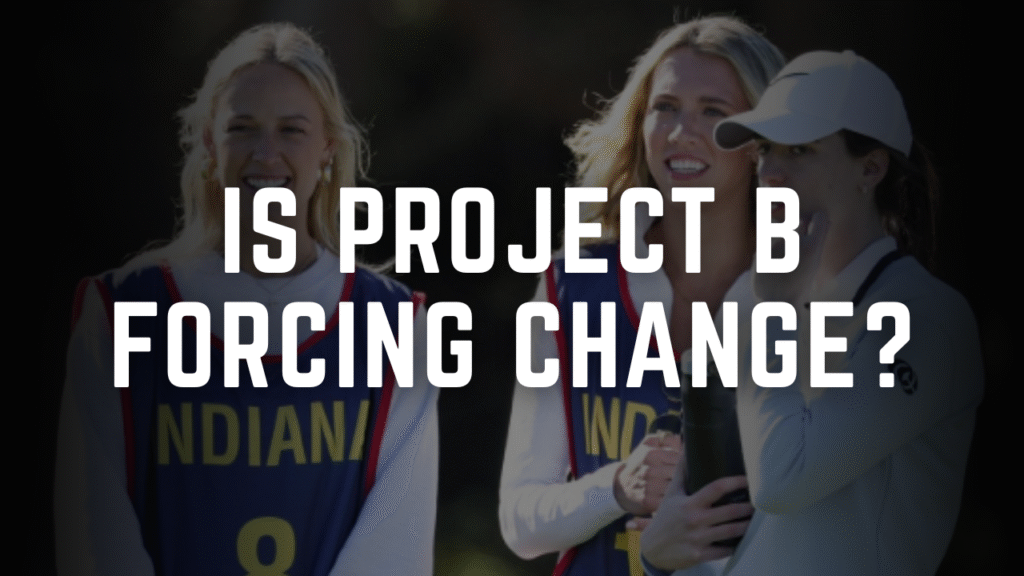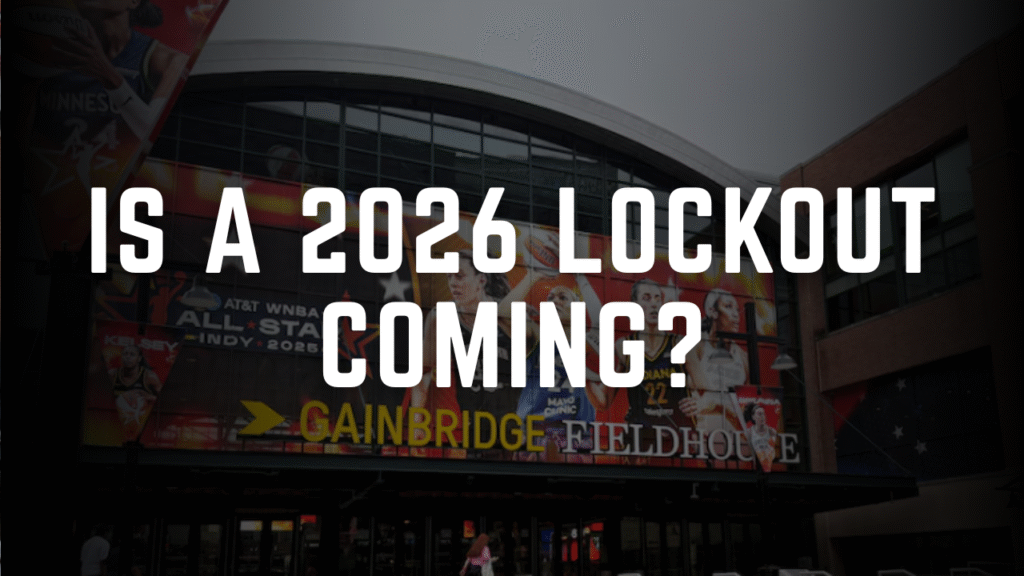The Minnesota Timberwolves’ journey through the 2025 NBA playoffs has been a rollercoaster of resilience, reinvention, and raw star power. Once teetering on the edge of irrelevance mid-season, the Wolves clawed their way back into contention, defying expectations to reach the Western Conference Finals. At the heart of this resurgence is Anthony Edwards, the 23-year-old phenom whose electrifying performances and unshakable leadership have transformed Minnesota from underdogs into legitimate title threats. But as they face the top-seeded Oklahoma City Thunder, one question looms: Can Edwards carry this team to its first-ever NBA Finals?
The Rise of a Leader
Anthony Edwards’ evolution from explosive scorer to franchise cornerstone has been nothing short of meteoric. After a rocky start to the season, where the Timberwolves languished near the play-in tournament zone, Edwards embraced the weight of leadership. His candid self-assessment after a lackluster Game 2 against the Thunder—where he admitted he “wasn’t worthy” of his All-NBA selection—ignited a fire not just in himself but in his teammates . The result? A historic Game 3 performance: 30 points, nine rebounds, and six assists in just three quarters, punctuated by gravity-defying dunks and clutch defensive stops that left the Thunder reeling .
Edwards’ ability to galvanize his squad extends beyond the stat sheet. Teammates like Julius Randle and Mike Conley have praised his infectious positivity and maturity, noting how he lifted spirits after losses and fostered unity during tense moments . This blend of humility and confidence has solidified his role as the emotional engine of the team—a rarity for a player his age.
Strategic Adjustments and Unsung Heroes
While Edwards’ brilliance has been pivotal, Minnesota’s playoff run is also a testament to strategic ingenuity. After dropping the first two games of the series, the Wolves recalibrated their approach. Coach Chris Finch abandoned overcomplicated zone defenses, opting instead for a back-to-basics, physical man-to-man scheme that stifled Oklahoma City’s MVP, Shai Gilgeous-Alexander, holding him to a playoff-low 14 points in Game 3 . Rudy Gobert’s aggressive pick-and-roll defense and Jaden McDaniels’ perimeter lockdowns further disrupted the Thunder’s rhythm .
Equally critical was the emergence of rookie Terrence Shannon Jr., a seldom-used reserve who erupted for 15 points in 13 minutes during Game 3. His fearless drives and defensive tenacity provided a spark off the bench, embodying the “next-man-up” mentality that has defined Minnesota’s depth . Shannon’s breakout, paired with Randle’s redemption arc (24 points after a dismal Game 2), underscored the Wolves’ collective resolve .
The Thunder’s Challenge and Minnesota’s Path Forward
Oklahoma City remains a formidable obstacle. With a league-best 68-win record and a defense that suffocated opponents all season, the Thunder’s ability to adapt will test Minnesota’s newfound momentum. Gilgeous-Alexander, despite his Game 3 struggles, is unlikely to stay quiet, and OKC’s perimeter defenders—Luguentz Dort, Cason Wallace, and Alex Caruso—will continue hounding Edwards at every turn .
Yet the Wolves have shown they can exploit the Thunder’s weaknesses. By attacking the paint and capitalizing on open threes (shooting 50% from deep in Game 3), Minnesota exposed cracks in Oklahoma City’s defensive armor . Edwards’ improved decision-making—balancing scoring with playmaking—has also forced the Thunder to respect his passing, creating opportunities for role players like Naz Reid and Donte DiVincenzo .
A Legacy in the Making
The Timberwolves’ story mirrors Edwards’ own ascent: a blend of grit, growth, and audacity. Their late-season surge—17 wins in 21 games—proved they could dominate offensively while maintaining defensive intensity . Now, with the series shifting back to Minneapolis for Game 4, the stage is set for Edwards to cement his legacy.
History is not on Minnesota’s side. Only two No. 6 seeds have ever reached the Finals, and the Thunder’s pedigree as a clutch postseason team is well-documented . But Edwards thrives on defying odds. His Jordan-esque flair, combined with a supporting cast that’s found its rhythm, makes the Wolves more than a feel-good story—they’re a legitimate threat.
Conclusion: The Final Hurdle
For the Timberwolves to reach the NBA Finals, Edwards must sustain his superstar-level play while trusting his teammates to deliver in high-pressure moments. The Thunder will adjust, but Minnesota’s blueprint for success—relentless defense, balanced scoring, and Edwards’ transcendent talent—has already proven effective.
As Finch aptly noted, Edwards is “learning fast” and “growing with the moment” . Whether that growth culminates in a Finals berth remains to be seen, but one thing is clear: Anthony Edwards has already transformed the Timberwolves from afterthoughts to aspirants. The basketball world is watching to see if he can take them one step further.
For more insights on the Timberwolves’ playoff journey and Anthony Edwards’ rise, explore our detailed coverage of the Western Conference Finals .


